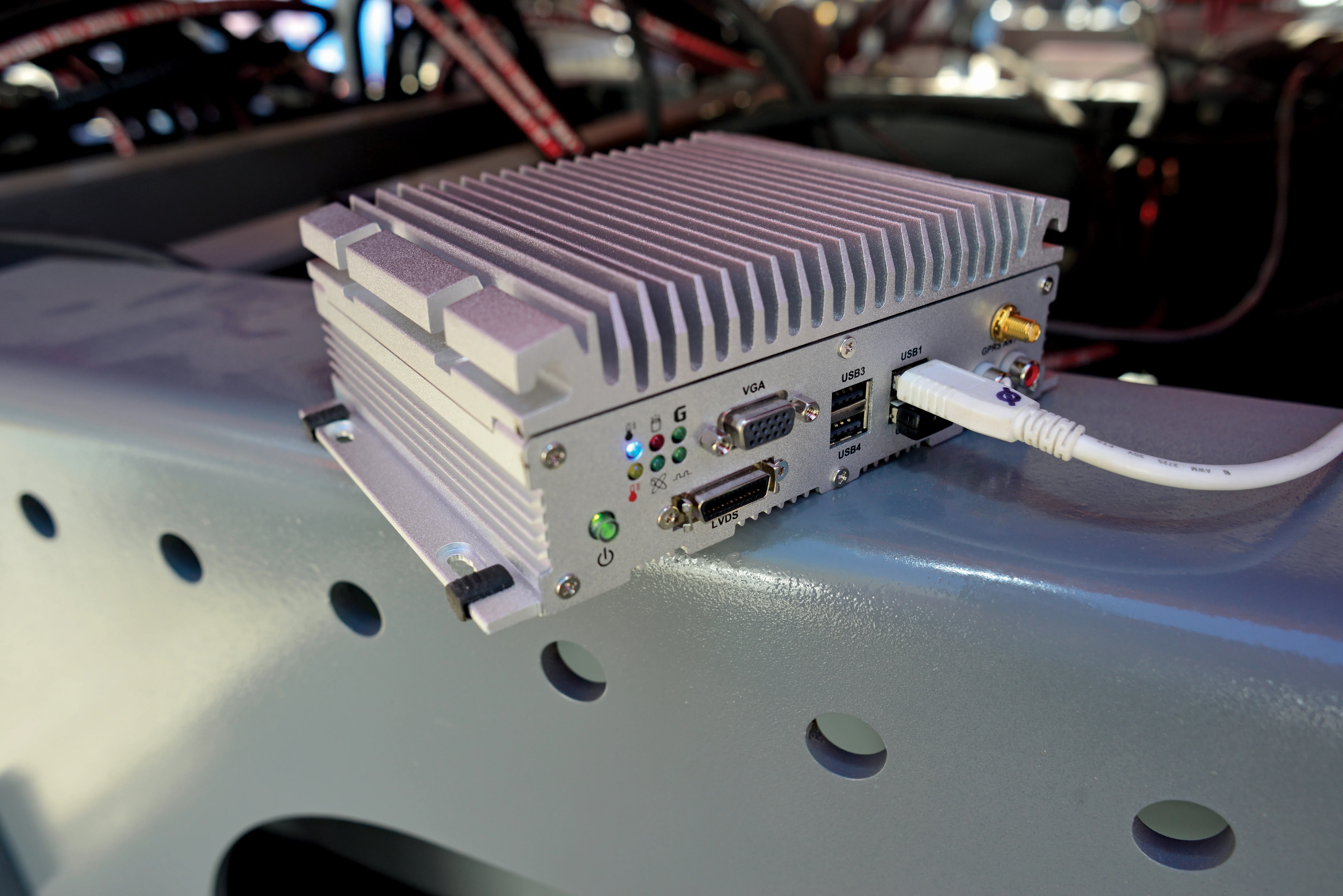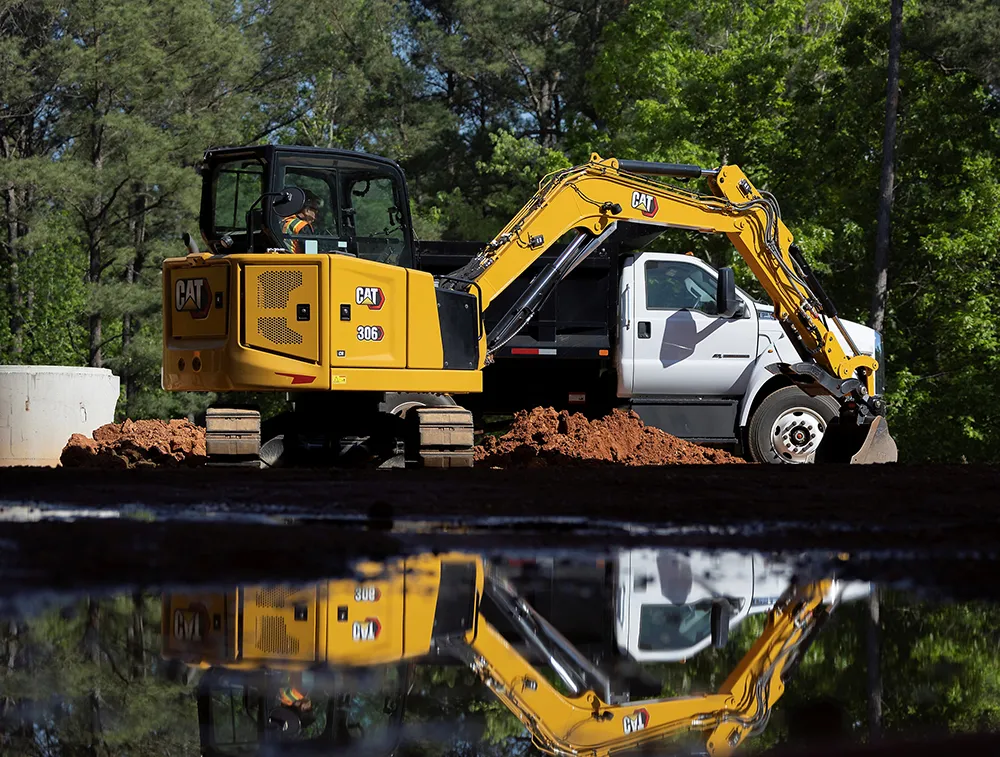Prolec has launched the latest variant of its Prolec Machine Engine (PME), PME500, and can now offer a full range of control and safety functions for the construction industry in one unit.
PME is a modular, integrated system that can manage both safety and efficiency functions in one system, where previously multiple systems were needed. PME500 controls load and a full 3D machine envelope, combining all functions of the Prolec control and safety range, and is available as a stand-alone system, or as a
September 26, 2013
Read time: 2 mins
PME is a modular, integrated system that can manage both safety and efficiency functions in one system, where previously multiple systems were needed. PME500 controls load and a full 3D machine envelope, combining all functions of the Prolec control and safety range, and is available as a stand-alone system, or as a simple upgrade to existing PME systems.
PME500 combines real-time load and positioning, meaning an operator can maintain a safe load while staying within a defined envelope in both the horizontal and vertical planes. An easy-to-use graphical interface displays the carried load in real time, simultaneously showing the limits for height and slew, both of which can be set according to the operational or environmental requirements of the equipment. A warning sounds on approach to the maximum safe working load (SWL), and motion cuts are available as an optional extra.
Fully compliant with EN and UK LOLER requirements for safe load indicators, PME500 is type approved for operation in all EU countries. It is set up for hydraulic control on all motions and, when combined with hydraulic motion cut valves, will limit travel in any plane to the defined envelopes.
The PME500 machine engine is said by Prolec to be ideally suited for use on excavators, mobile cranes, truck-mounted cranes, agricultural machinery and special purpose machines.
Gary Tuffy, Prolec’s director of sales and marketing at Prolec, said, “This system rounds out our offering of safety products on the PME platform. The underlying product, PME, is the key to the product’s success especially as you can get a ‘no hardware’ upgrade allowing changes just like you’d add an app to your phone.”









